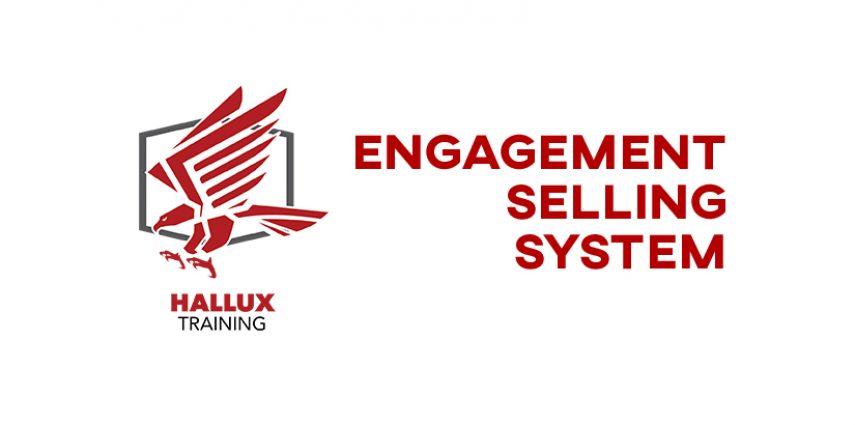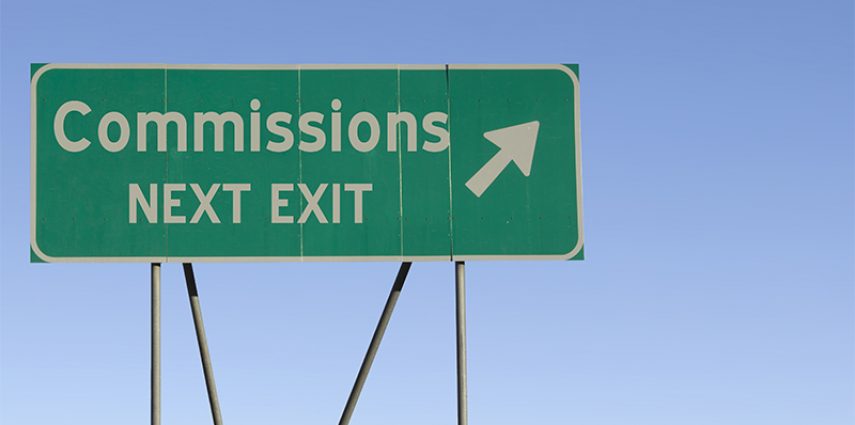One issue that routinely crops up with Redhawk clients is designing or updating their commission programs. Caught between not wanting to pay salespeople “too much” and losing them to more lucrative opportunities, managers will toil over excel spreadsheets full of random commission structures for weeks, then end up doing nothing.
Early in my career, I participated in several commission programs—most of which were horribly designed. They all suffered some combination of the following:
- The quality or quantity of work the salesperson expended actually had little effect on the goal being met. The market, organization, or product demand predetermined the outcome more than the effort of the person.
- The goals were simply ridiculous. No one would even try to reach them and instead spend their time figuring out how to live on the free saltines in the break room until they found a better gig.
- Sales priorities and commission triggers were poorly aligned with what the organization could deliver. A friend of mine was tasked with selling $150k of new business each month while production was maxed out at $50k.
- Commissions were being paid on top line even when the salespeople were delivering sales that were unprofitable.
Creating a commission program is not intuitive. It’s tough and not something that most people have experience doing until they’re forced to draft one. While there are also financial projections and considerations that need to be made, here are a few concepts to consider when looking at designing a commission program.
Be realistic
If your annual growth rate averages 12%, don’t benchmark the commission program to start at a 120% increase in sales.
Look for the Win/ Win
Ideally, any commission program should be beneficial for both the company and salesperson. Further, that win/ win should continue even if the sales numbers get huge.
Tie the Incentive to the Work Produced
If earning the commission is more about going through the motions as actually putting in the work, you’re only going to retain a mediocre salesforce. The high performers will leave because they can’t earn more through their exceptional work and the low performers get pulled into the average and fly under the radar.
Keep it Simple, Stupid
A salesperson should be able to figure out, without using differential equations, what they just earned when they got that signature. If the commission structure is too difficult to figure out, salespeople will perceive it as fundamentally tilted against them even if that isn’t true. It’s pretty hard to be motivated by something you don’t understand.
Align the Sales Goals with your Operation
When salespeople are asked to sell regardless of what the operation can deliver, you get oversold customers, pushed deadlines, and crappy deliverables. Additionally, if operations are incented on profitability where sales incentives are based on total revenue, they could be working against each other.
Commissions Influence Behaviors
One of our Redhawk clients was commissioning their salespeople more heavily on new customer sales then sell-through to existing customers, even though the sell-through revenue was much more profitable. They also asked them to call every existing customer once a month to see how they were doing and if there were any more opportunities to expand that relationship. Not surprisingly, those calls weren’t happening because the commission program discouraged that behavior.
The classic business article On the folly of rewarding A, while hoping for B is a must-read for anyone undertaking an incentive program.
Commissions Won’t Manage your Sales Team for You
While commission programs can drive behavior, it can’t drive performance by itself. Contrary to popular belief, a consistent underperformer who isn’t earning commissions won’t necessarily quit—you will still have to fire them. Incentives don’t help people develop selling skills, solve problems, or deliver superior customer experiences. Those things require an engaged and professional manager.
Make the Numbers Work
Think through what happens if a salesperson overperforms by 150%. Will you still love the program or will you have paid so much commission that your CFO has a coronary? I once worked with a terrible CEO who changed a commission program simply because he thought the salesperson earned too much money. Those sales were all profitable and wildly beneficial to the company. He rewarded that salesperson’s incredible year by reducing her pay by almost 30%. She left days later.
Get them to $100k
I don’t know why the magic compensation number for salespeople is $100k but you’ll have to trust me that number is the benchmark. To qualify this, I’m referring to mid-level and senior salespeople who have the skills and ability to generate 8 to 10 times that same number in revenue. Using a blended comp package of salary and commission to get to $100k is a general reference point to consider. If you can’t or won’t get to that level, consider re-engineering or simplifying the sales job requirements so a more junior person can be successful in the role for less money.
Decide if Commissions are Even Needed
Over the last decade, organizations have moved away from incentive-based pay in increasing numbers. Due in part to behavioral scientists pointing to the actual basis of motivation among high-performers, companies have elected to simply pay a premium salary. The foundation of the argument is that achievement is what motivates salespeople and they get that from closing deals—not getting commission checks. The thrill of the win keeps them working hard and the high salary takes care of their financial needs.
How to Create a Commission Program that Works January 24th, 2017Matt Hottle


